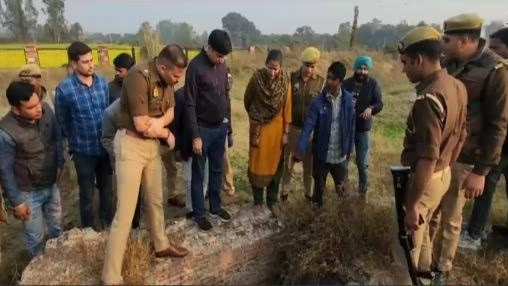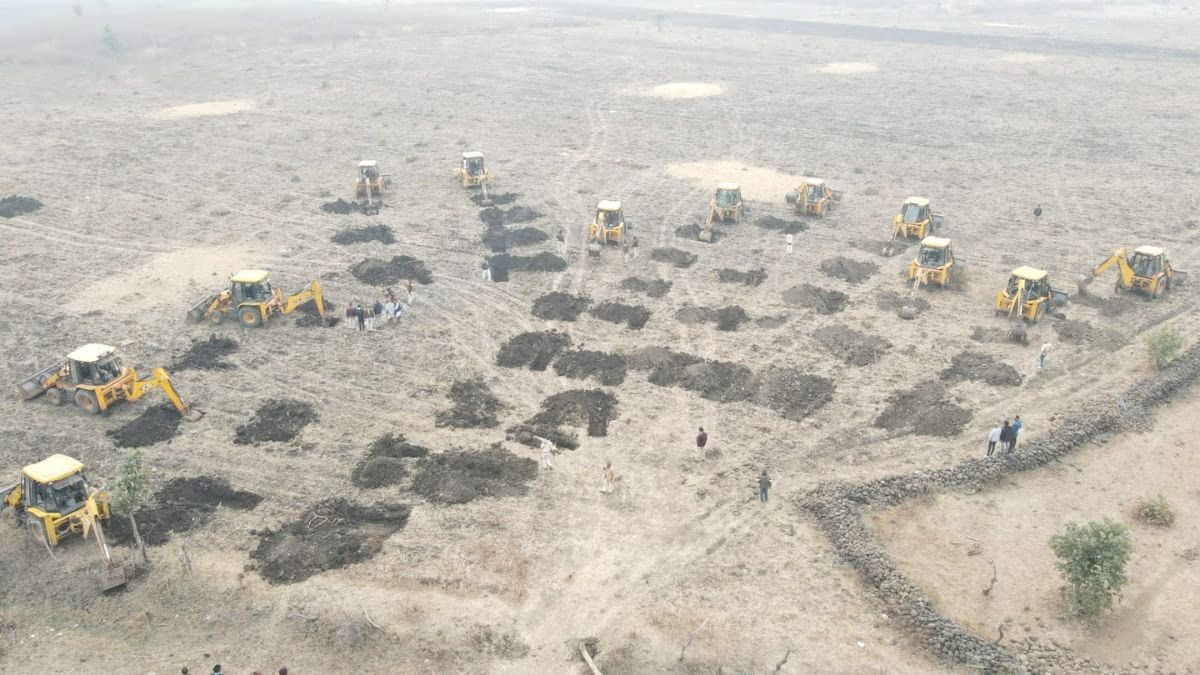While excavation progresses at Rani Ki Bawdi in Sambhal district, UP, the Archaeological Survey of India (ASI) expanded their quest on Wednesday to include the nearby Ferozepur Fort. Together with the district magistrate and police superintendent, the ASI team conducted a meticulous survey across different areas of the fort, where the district magistrate voiced concerns about unauthorized constructions around its main gate.
Following thorough assessment of Rani Ki Bawdi in Chandousi, ASI's team arrived at the historically protected Ferozepur Fort in Sambhal on Wednesday evening. The district magistrate and superintendent of police accompanied the ASI team to inspect every corner of the structure. Observing the encroachment at the entrance, the district magistrate ordered the removal of obstructing walls on site.

Source: aajtak
Accompanied by District Magistrate Rajendra Pansia, Superintendent of Police Krishna Kumar Bishnoi, and SDM Vandana Mishra, the ASI team engaged various local authorities in conversation about the fort. During the survey, they stumbled upon a well which attracted further scrutiny from officials. Interactions with local villagers provided additional insights regarding the well's history and usage, amplifying concerns about illegal encroachments near the fort's gateway.
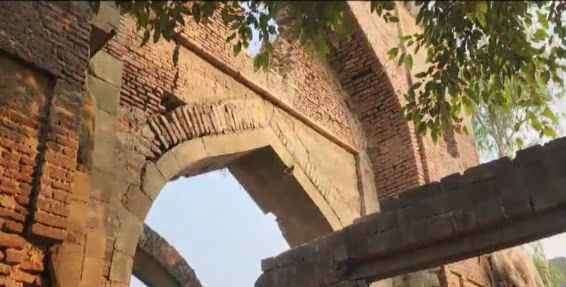
Source: aajtak
ASI Explores the Mythical Well and Parrot-Myna Tomb
In further explorations, the ASI entourage, with top district officials, inspected the mythic Jagrut Kup at the Kshemnath Tirtha situated in Shehzadi Sarai. Recently, breaking the well's floor revealed water at a depth of 12 feet. The team not only dialogued with the temple's Mahant but also examined the Parrot-Myna tomb in the Kamalpur Sarai locality, continuing their survey at Rani Ki Bawdi thereafter.
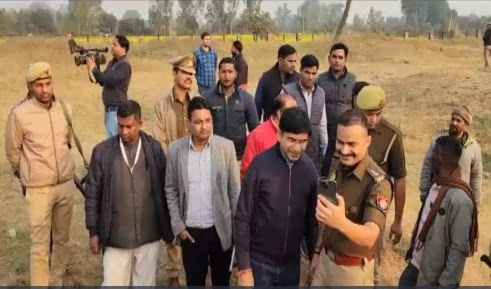
Source: aajtak
District Magistrate's Reflections
In conversation with local media, District Magistrate Rajendra Pansia shared that surveys were conducted at four historical sites: the ASI-protected Ferozepur Fort, the Jagrut Kup within Kshemnath Tirtha, the Parrot-Myna tomb, and the centuries-old stepwell from the era of Prithviraj Chauhan. Expressing optimism, he articulated that although Sambhal is not yet designated as a tourism hub, forthcoming protective measures may naturally attract tourists, enhancing its stature as a pilgrimage city.
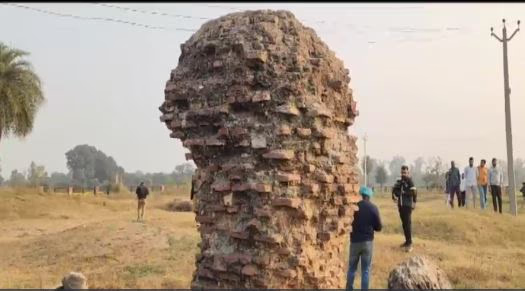
Source: aajtak
Five Continual Days of Excavation at Rani Ki Bawdi
The excavation in Chandousi's Rani Ki Bawdi has seamlessly continued for five days. Krishna Kumar Sonkar, the Executive Officer of Chandousi Municipal Corporation, elucidated that ASI officials are studying the structure, contemplating manual excavation due to structural sensitivities. This necessary caution precludes use of mechanical excavation equipment, with emerging stairwells revealing a historic descent, though timelines for completion remain uncertain.
Unveiling Secrets at Rani Ki Bawdi: First Floor Emerges at 12 Feet
The Rediscovery Journey—Excavations Sparked Post Temple Relocation
This over 150-year-old stepwell, sprawling across 400 square meters, surfaced in Chandousi’s Laxman Ganj during recent excavations. Severely unattended for nearly half a century, the site once blossomed with activity following Bhimshankar Temple's December 13th reopening. Local legend entwines this architectural wonder with the rule of a historic regional king, revealing Sambhal’s layered heritage.
